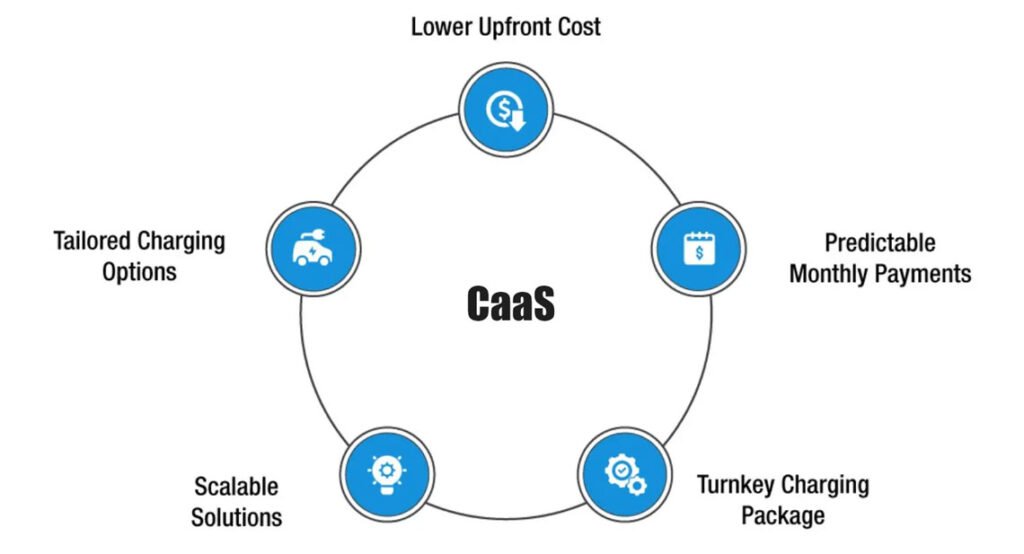BloombergNEF predicts that more than 5.8 million public charging points will be needed in Western markets by 2025, with operators facing shrinking profit margins averaging less than 8 percent. Grid upgrade costs account for 34% of DC fast charging station spending, while annual maintenance costs are growing by 12%, according to the U.S. Department of Energy. It is critical for operators in Europe and North America to overcome the “high investment, low return” Innovations for EV Charging Networks.

EUの2035年ICE禁止令と米国の超党派インフラ法が完全に施行されるにつれ、インテリジェント充電システムは都市のエネルギー・ネットワークと深く統合されることになる。ボストン・コンサルティング・グループは、2027年までに欧米の充電市場が$480億ドルに達すると予測している。
Advancements in EV charging are focused on making the process faster, more convenient, and more integrated with smart energy systems, pushing towards a seamless and sustainable experience.
Detailed Answer: Key advancements include:
The very latest technologies in EV charging are Megawatt Charging Systems (MCS) for heavy-duty vehicles, advanced Vehicle-to-Grid (V2G) solutions, widespread Plug-and-Charge (ISO 15118) implementation, and the growing maturity of Wireless EV Charging.
Detailed Answer: While many advancements are ongoing, the bleeding edge of EV charging technology in 2025 includes:
EV charging stations utilize power electronics for AC/DC conversion, communication protocols for vehicle-to-charger and station-to-grid interaction, and increasingly, smart technologies for load management and user experience.
Detailed Answer: The core technologies in EV charging stations encompass:
私達は詳しい技術情報および引用語句をあなたに送ります!